Expo / Tokyo
In high regard
Kenzo Tange’s spectacular Shinjuku Park Tower has defined Tokyo’s skyline since its completion in 1994. The top 14 floors are home to the much-loved Park Hyatt Tokyo. Here, Monocle checks in for the last time before the hotel shuts its doors for a timely refresh.
Ever since it opened, audaciously, on the top 14 floors of Kenzo Tange’s newly completed Shinjuku Park Tower in 1994, Park Hyatt Tokyo has enjoyed a mystique like no other hotel in the Japanese capital. Few establishments emit their pheromones so effectively. From day one, people in Tokyo and the fortunate travellers who came through its doors, knew that this place was special. The location was always unusual but its sense of detachment only added to the allure and gave guests the Tokyo they dreamed of. There is no better view of the city or of the tangle of streets below. From this sky-high eyrie, the uneven jumble is transformed into a mesmerising tapestry that stretches out as far as the eye can see.
Now, after 30 memorable years, the 177-room hotel has closed its doors for a lengthy period of refurbishment. The last of the guests have gone, the packers have boxed up the artworks and 350 of the best-trained staff in the business have been dispatched to other properties and temporary offices. A chapter in Tokyo’s story has, for now, come to a close.
French architecture and interiors studio Jouin Manku has been commissioned to lead the design refresh. Its plans are still under wraps but the hotel is at pains to reassure customers that the much-loved restaurants and public areas will be “restored rather than transformed”. Even now, slow-growing bamboo is being nurtured in a nursery in Okinawa, ready to reinvigorate the bamboo grove that flourishes, unexpectedly, on the 41st floor.
The big change will come in the rooms. While many guests still appreciate the analogue charm of a proper light switch and a Braun alarm clock, others are seeking more mod cons and an updated experience. Being able to cast from a mobile device to a television wasn’t an issue in 1994. Priorities have shifted.
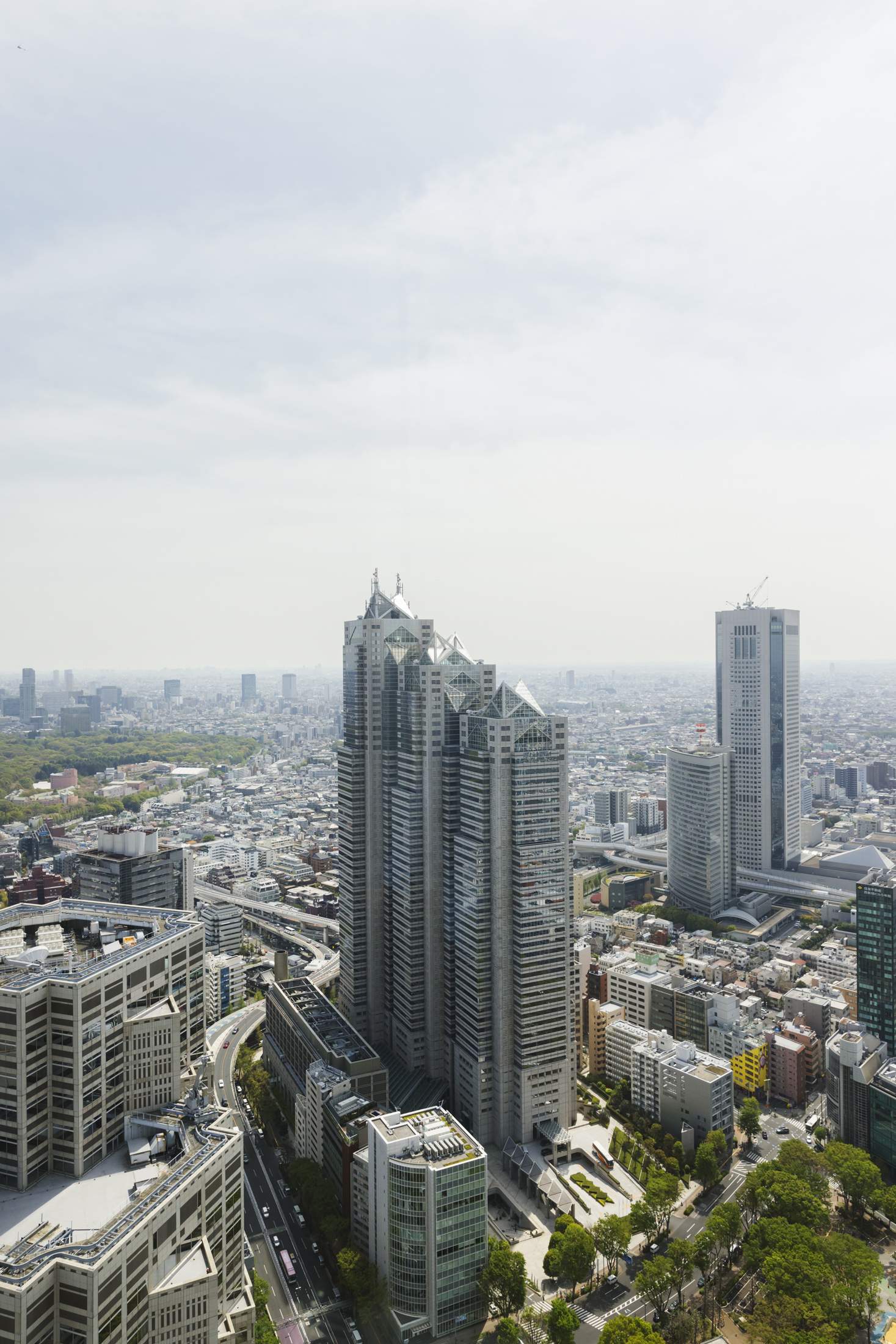
It is a fine balance that the hotel’s general manager, Fredrik Harfors, is well aware of. “Certain things change over time, such as guest behaviour and expectations,” he says. “How we do things at the hotel needs to evolve too, so we see this as an opportunity for a reset, a pause while we do some housekeeping.” Deluged by questions from loyal customers about what the redesign will entail, Harfors has had to steer the process with the aplomb of a seasoned diplomat.
Those who have never set foot in the hotel or been to Tokyo will know the Park Hyatt as the setting for Sofia Coppola’s irresistible 2003 film Lost in Translation. Drenched in the atmosphere of the city at that exact moment, the film still inspires people to come here. Guests will point to their own favourite hotel details: the whistling gush as the lifts speed skywards or those views that reveal Tokyo’s immensity (and, on a clear day, Mount Fuji). For many it will be the warmly elegant service, honed over three decades, the sheer glamour of dinner and timbrous jazz at the New York Grill, or the hush that settles on the bedroom corridors. “This hotel could be completely full and you’ll only realise when you see people at breakfast,” says Harfors. Enveloped in this vertiginous cocoon, the worries of daily life seem far away.
Design has always been core to the hotel’s appeal: a coming together of one of Japan’s greatest postwar architects with the Hong Kong-based interior designer John Morford – at the height of his powers – and a visionary building owner, energy utility company Tokyo Gas. Such a company might not suggest the last word in hospitality but Morford once said, “Their soul is in the hotel.” The owners had the good sense to stand back and let the creative talents get on with their work.
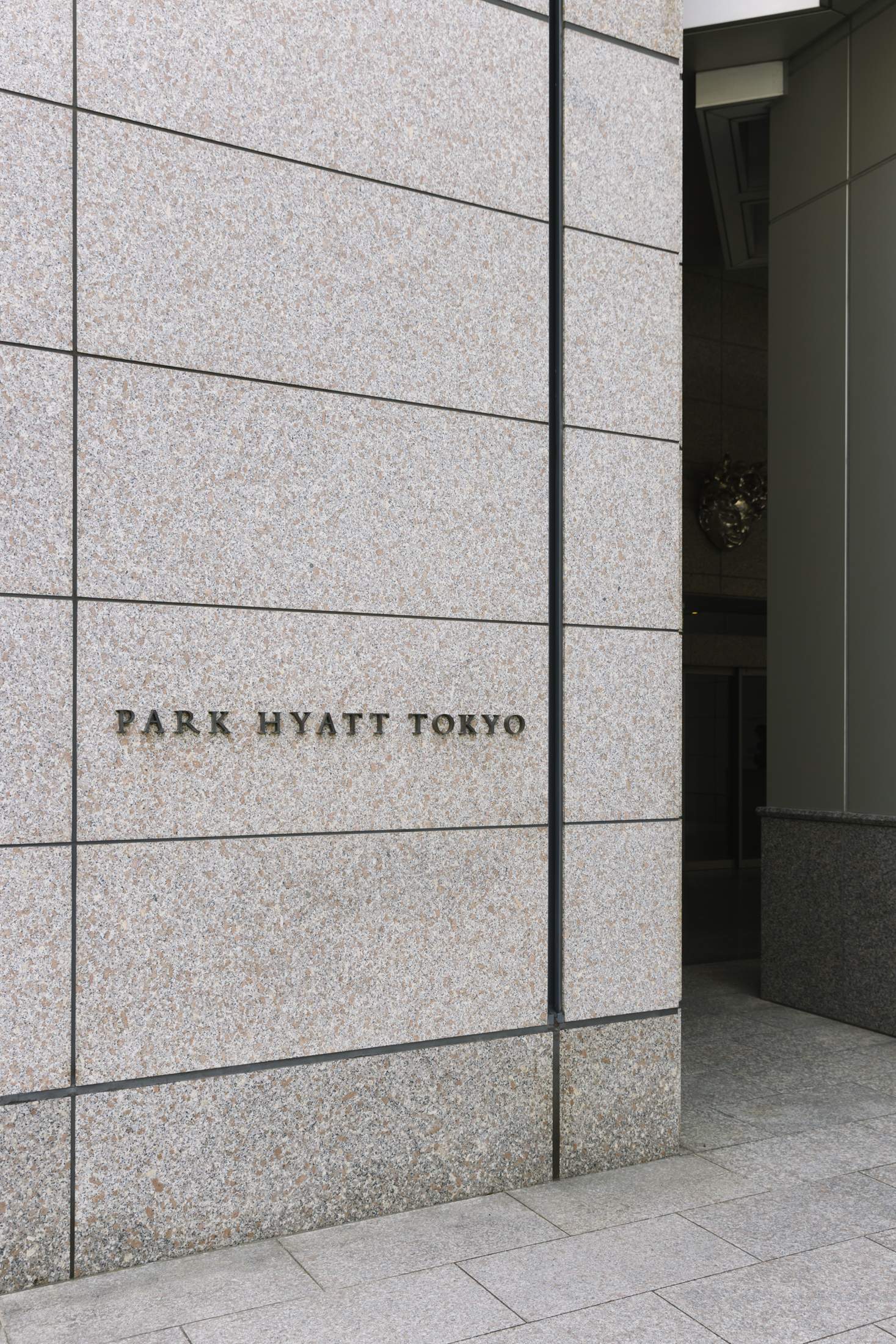
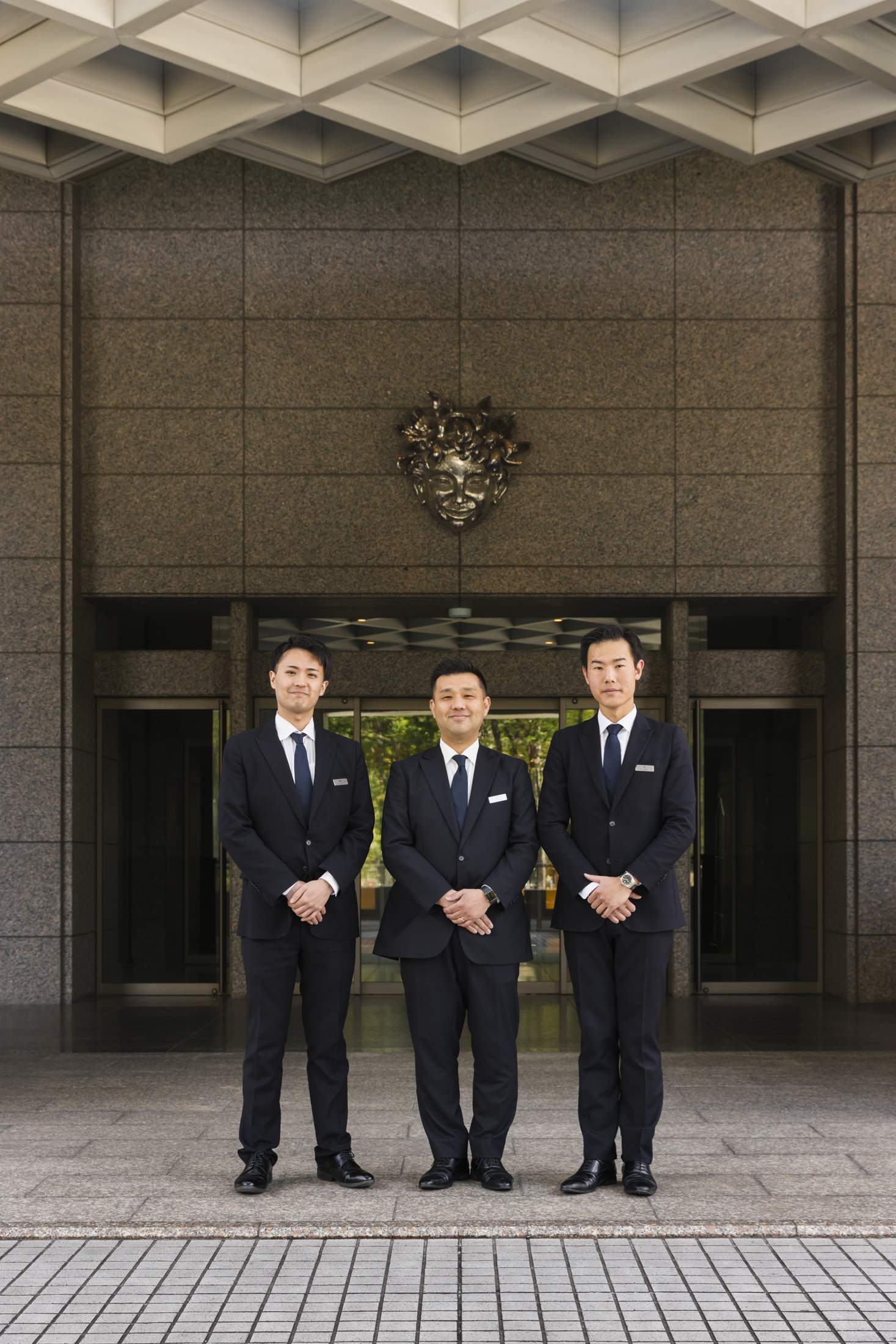

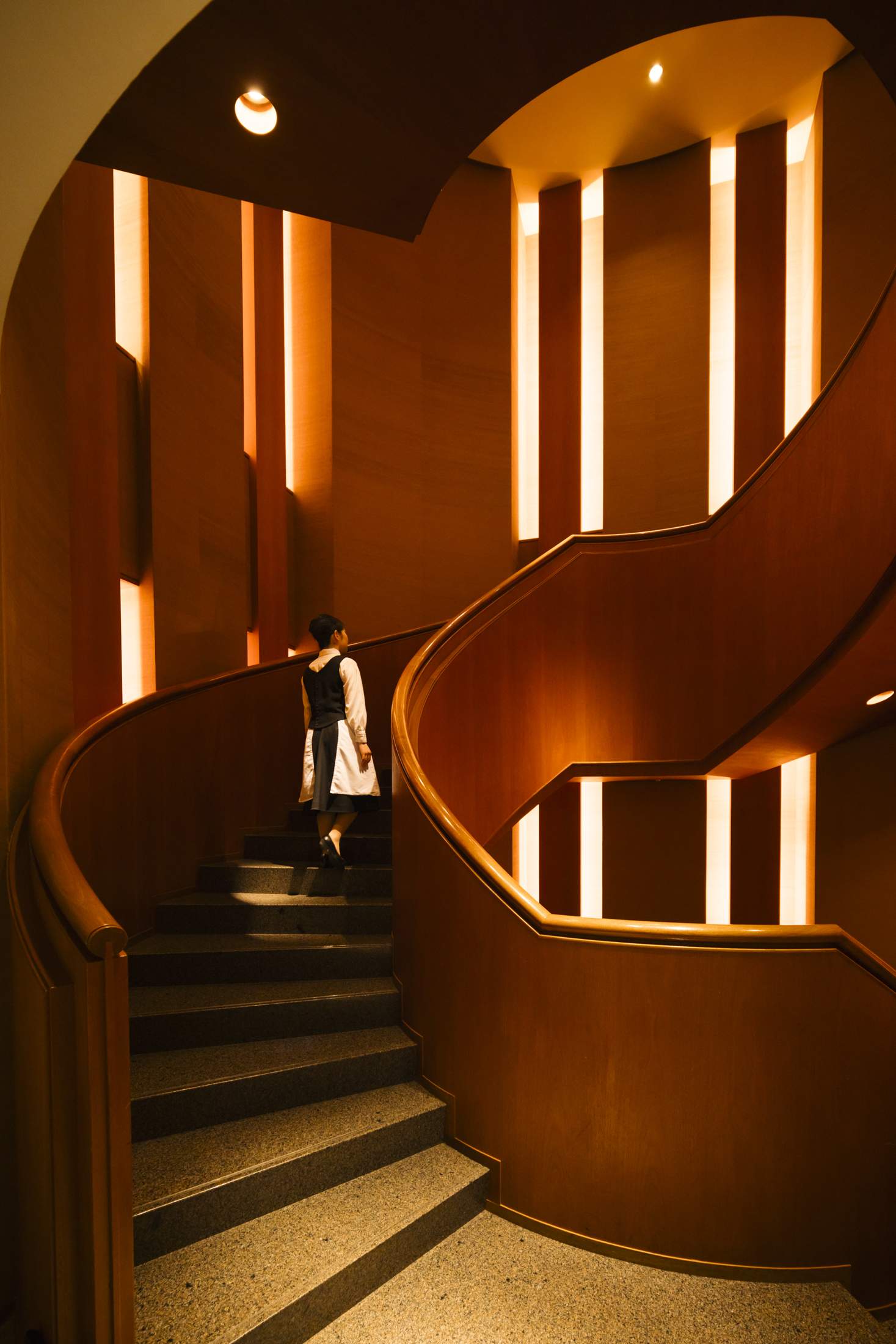
Tange’s stark building, a 235-metre-tall hulk of granite and glass, was the ideal scene-setter, an example of the architect’s ability to express Tokyo’s gargantuan prowess in structural form. (He also designed Tokyo’s epic City Hall next door to the Park Hyatt.) Putting a hotel on top of an office block is common practice today but at that time it was a bold move, unseen in Tokyo.
The tower’s staggered three-peak design, unmissable on the skyline, created an intriguingly convoluted layout that allows for dazzling views and dark corners too. Each of the pyramidal summits has its own feature: the Peak Lounge on the 41st floor, the much-photographed swimming pool on the 47th and – some might say – the crowning glory, the New York Bar & Grill on the 52nd. Tange gave the front face of the tower a slimline appearance, which was intended to minimise the loss of sunlight on the children’s park across the street.
John Morford’s touch is everywhere and not just in the sage-coloured fabric on the walls or the atmospheric lighting (he always insisted on doing his own). He took care of every detail, down to choosing the library’s 2,000 books and setting out where each would be placed on shelves and in rooms. Today, that interior work would likely be divided up but Morford was given complete control. He once compared the idea of carving up the design of a hotel to commissioning a piece of music and then asking five composers to each write a part.
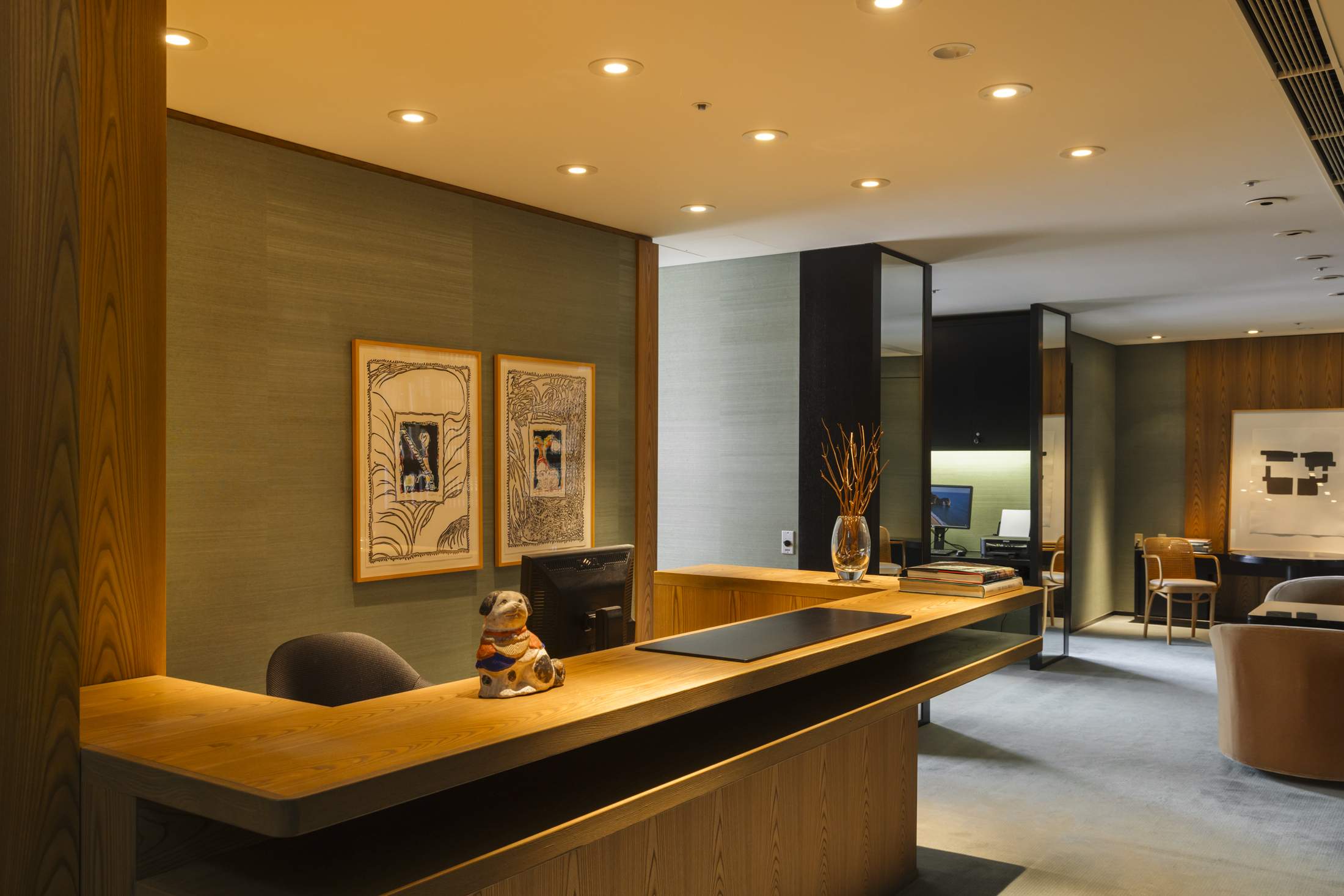
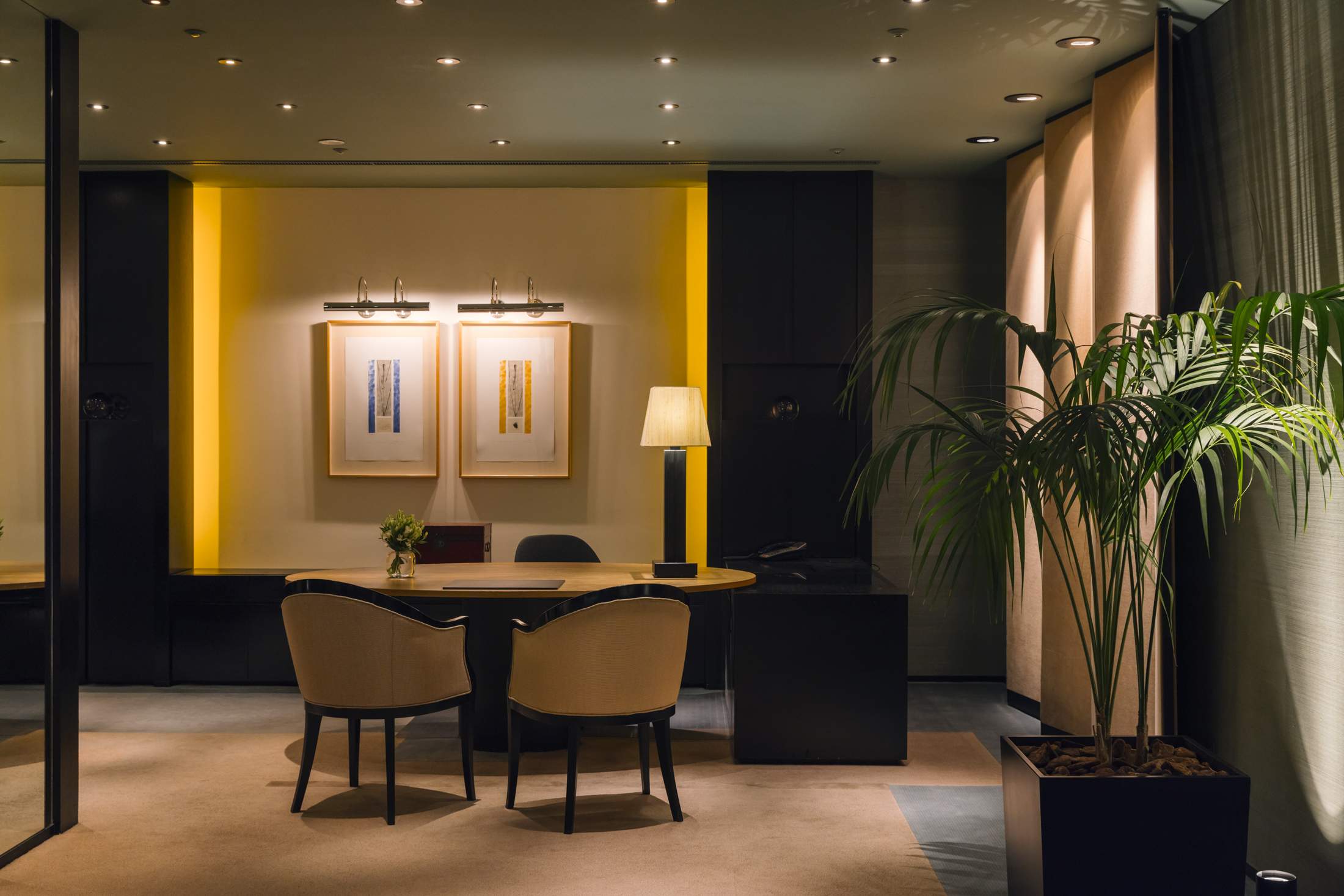

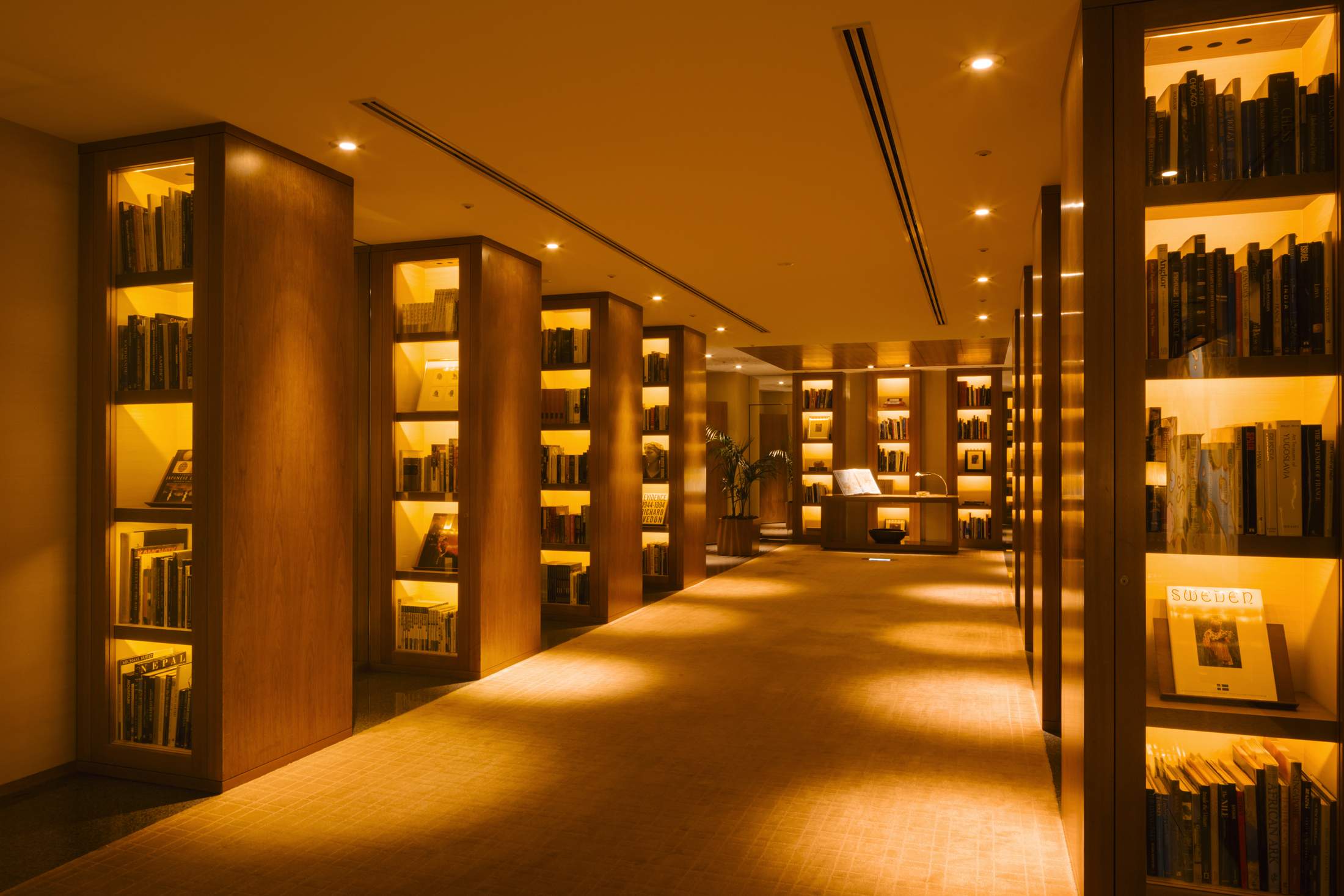
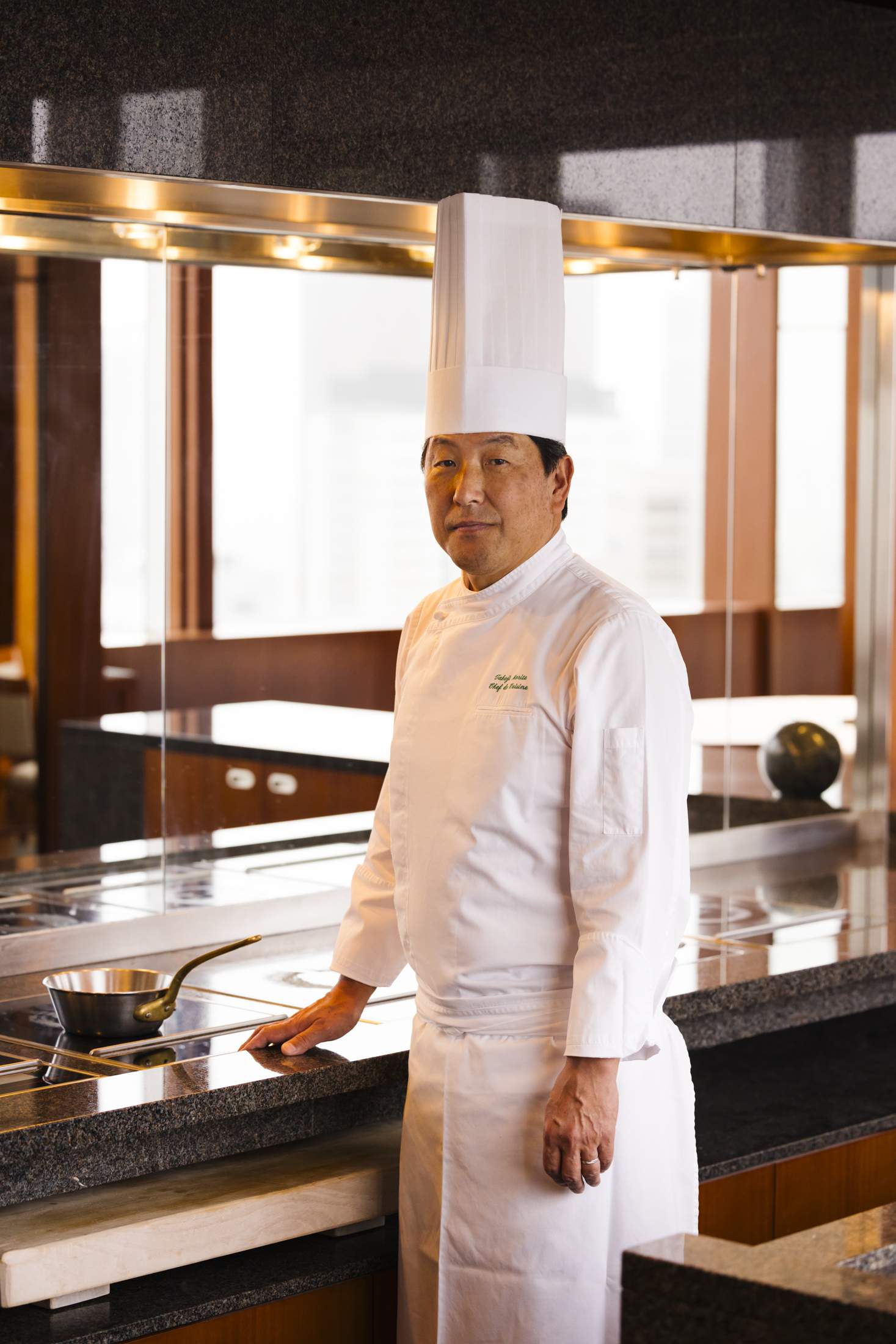
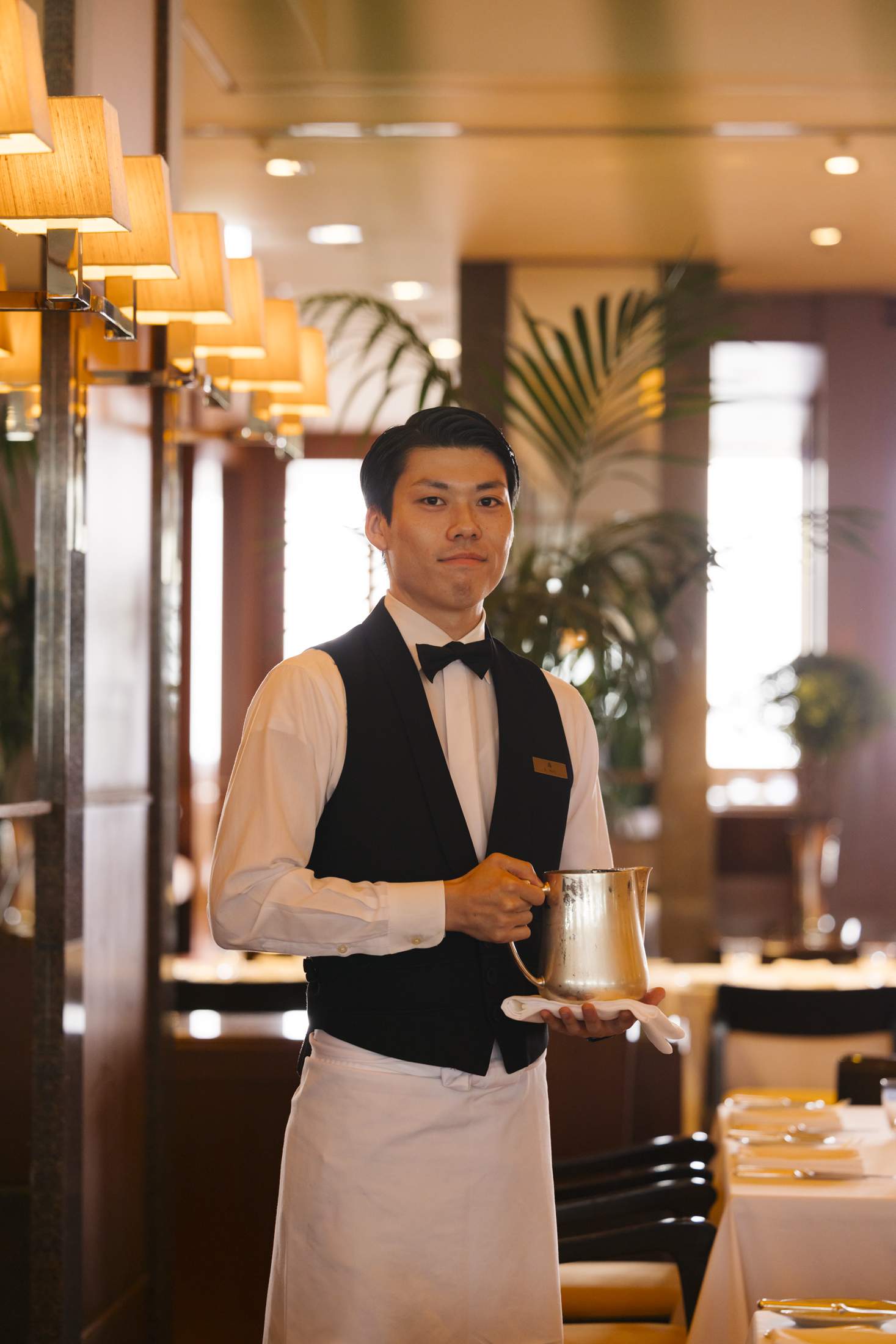
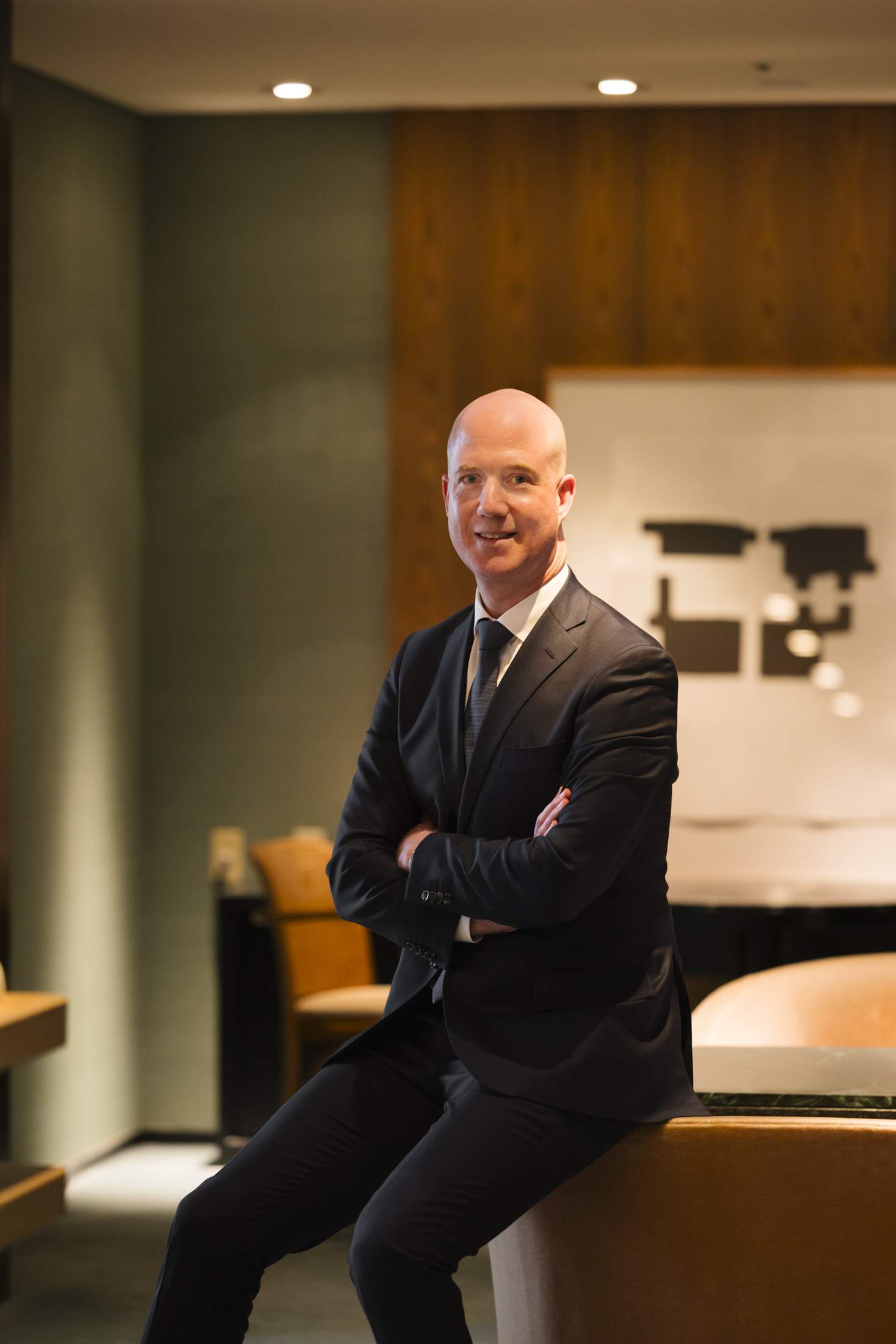
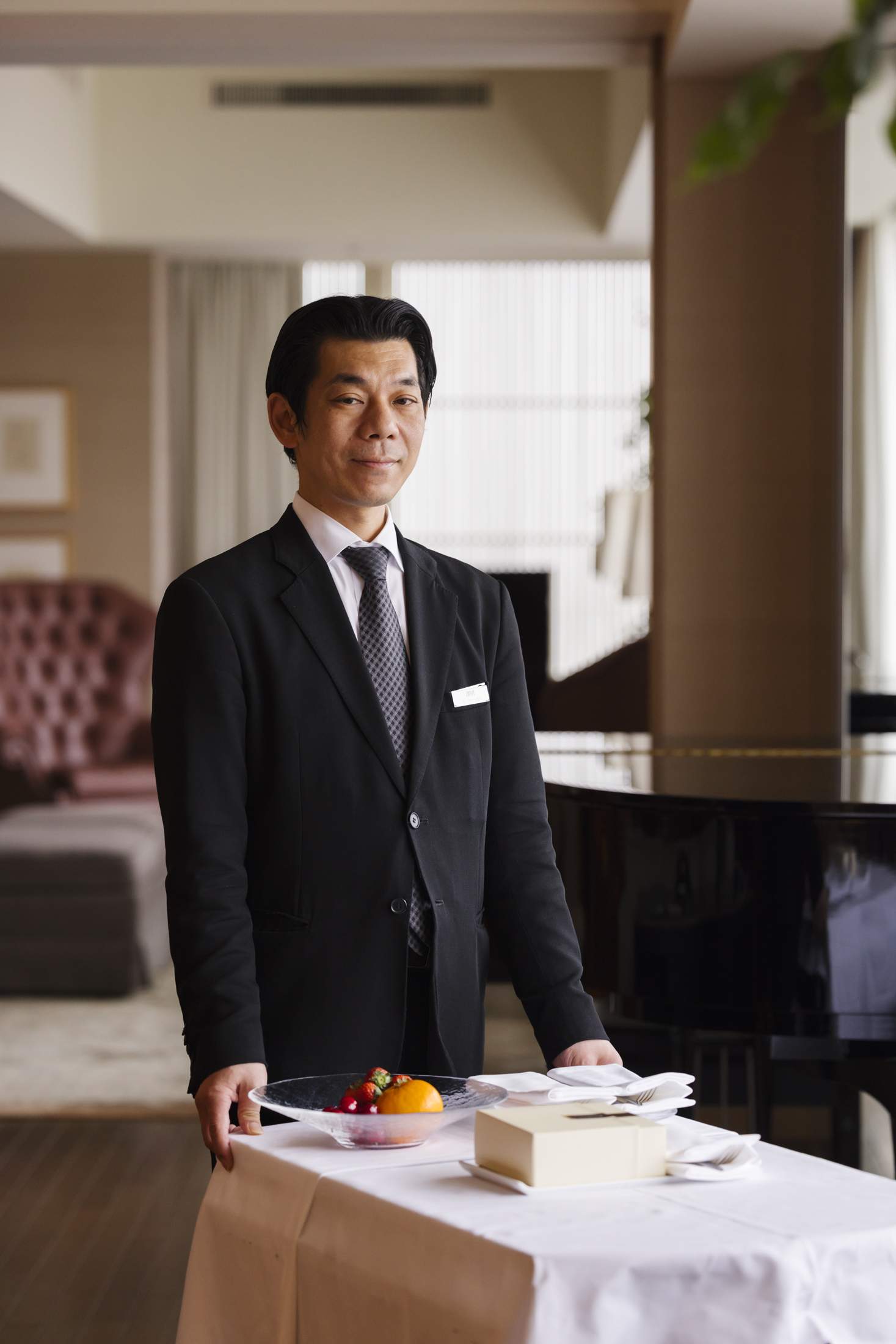
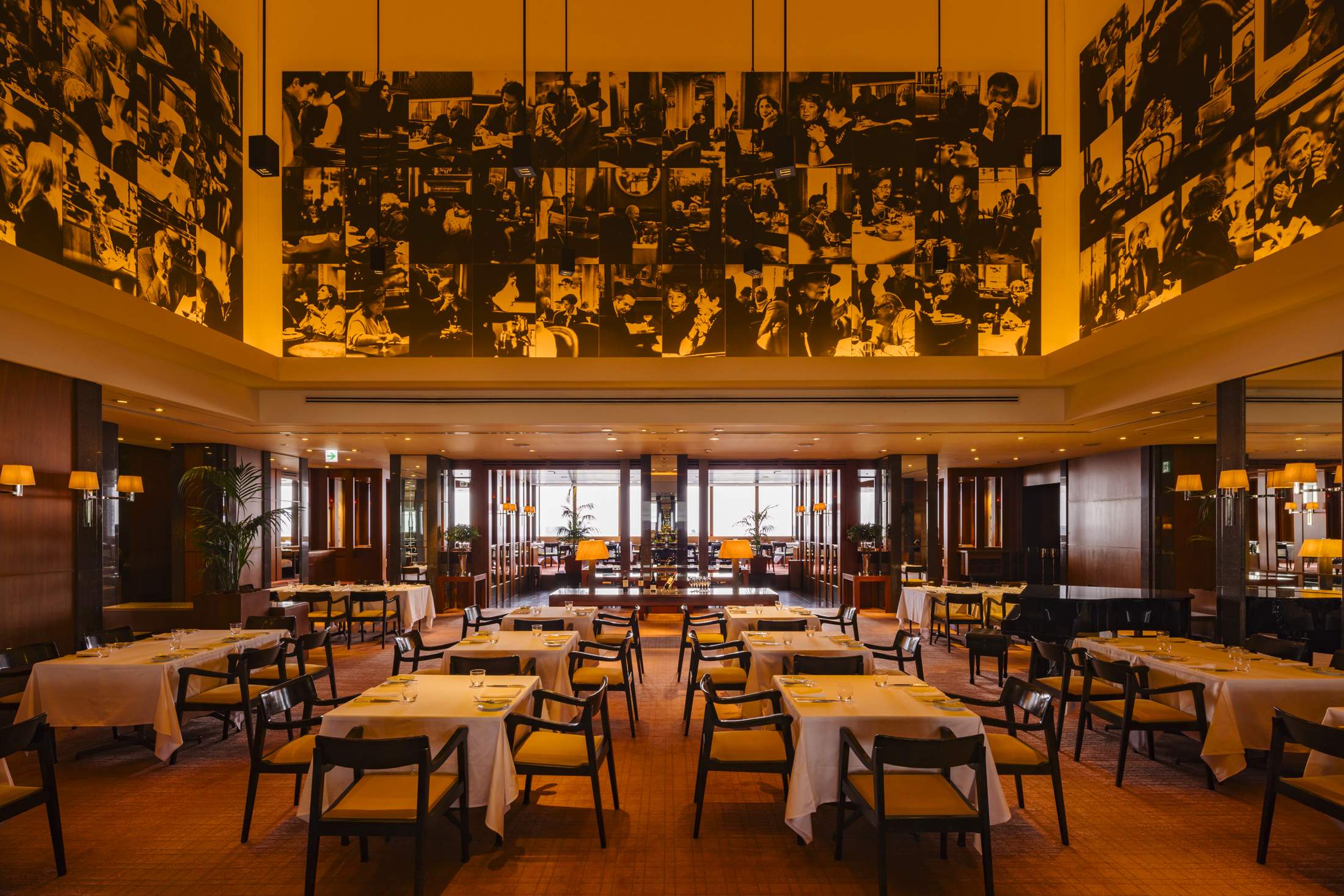
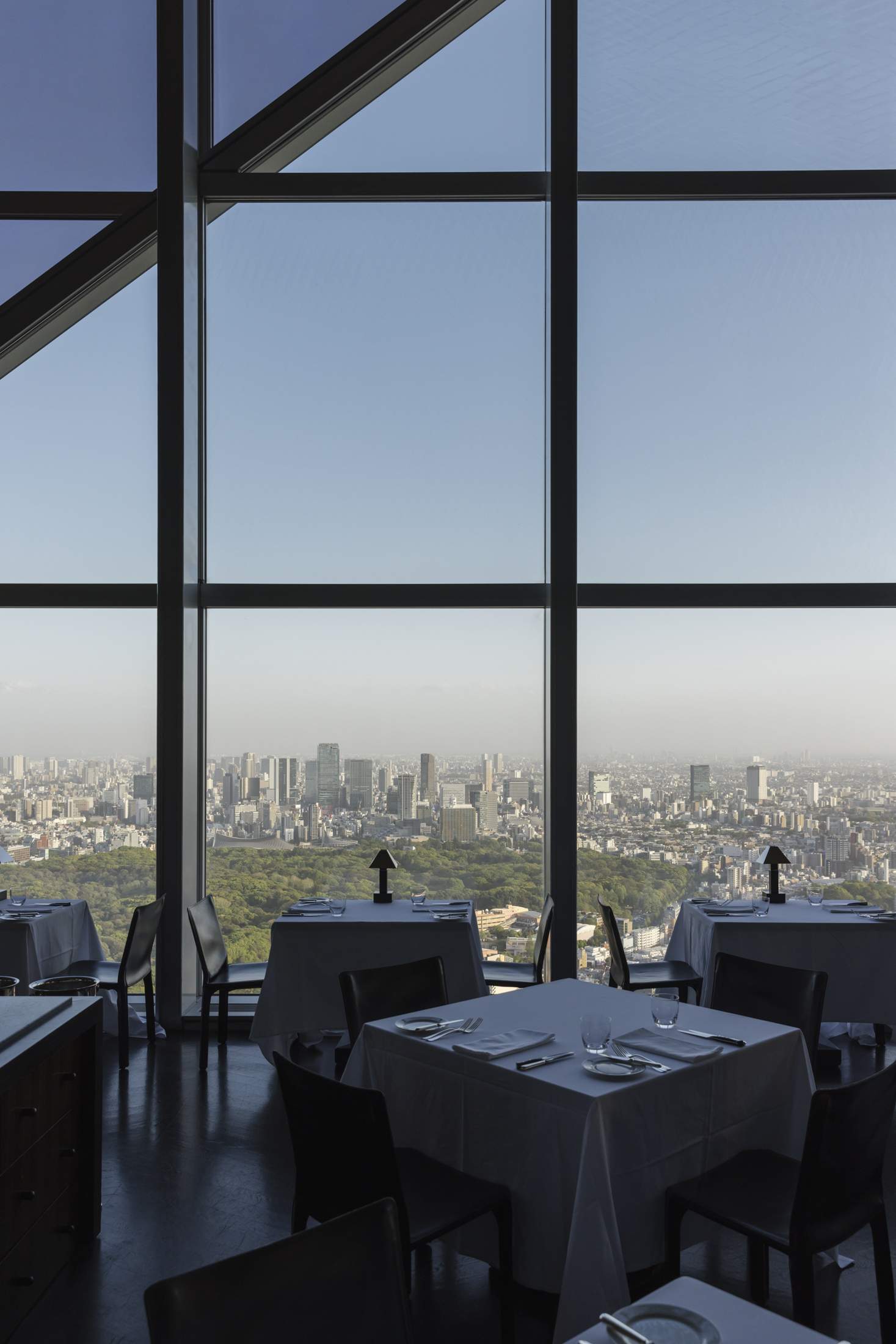
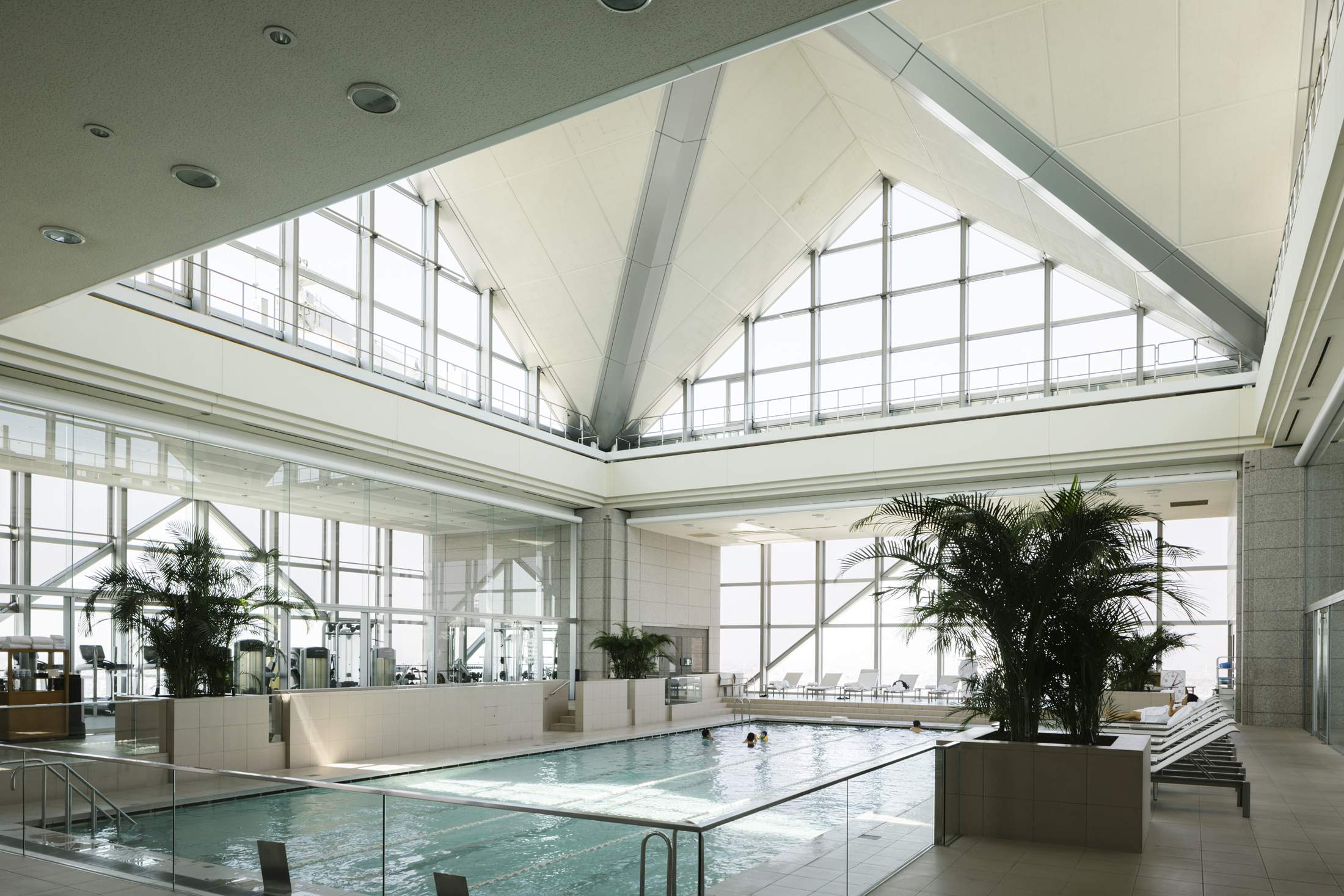
The Park Hyatt has always had a strong local clientele, providing the backdrop to countless business lunches, afternoon teas, weddings, birthdays, parties and proposals (hundreds of those and only one refusal apparently). For well-heeled members of the spa and gym (politicians and popstars among them), a swim in the scenic pool is a fixture of daily life. They are now on the hunt for a refuge until the hotel reopens in the second half of 2025.
Peep behind the curtains here and the dedication and kindness of the staff is revealed: chefs who head out to the coast at an unearthly hour to see how fishermen handle their catch, concierges who manage the most challenging requests with charm, doormen who turn out to be senior members of staff happy to pitch in where needed and give some training to younger colleagues, an events adviser who can recall with perfect clarity the décor of a party back in
1994. Many of the staff – the Park Hyatt’s greatest asset – have been at the hotel since the opening and the sense of family is strong. Consistency across the board has been key to the hotel’s enduring success. Everything else in the city might succumb to change but diners know that the New York Grill will still have Caesar salad, mashed potato and wagyu steak on the menu.
Early 1990s interiors and architecture are as unheralded as mid-century design once was, suffering from being dated enough to look tired but too recent to seem worth preserving. There has inevitably been some anxiety about fracturing Park Hyatt Tokyo’s singular, highly specific picture. On announcing the commission, Patrick Jouin and Sanjit Manku said that their intention is “to create an elegant and unique design experience for guests while respecting John Morford’s original vision”.
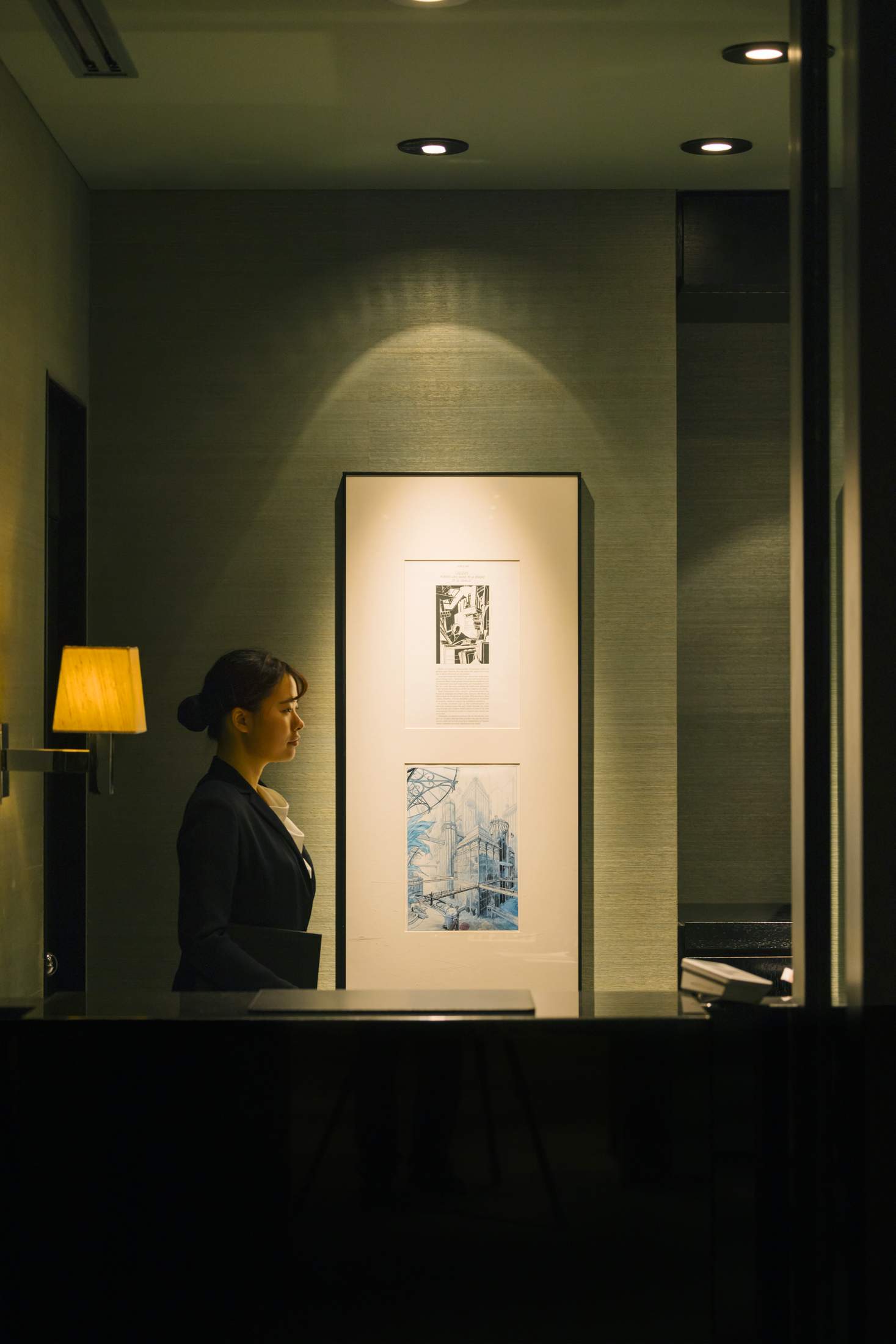
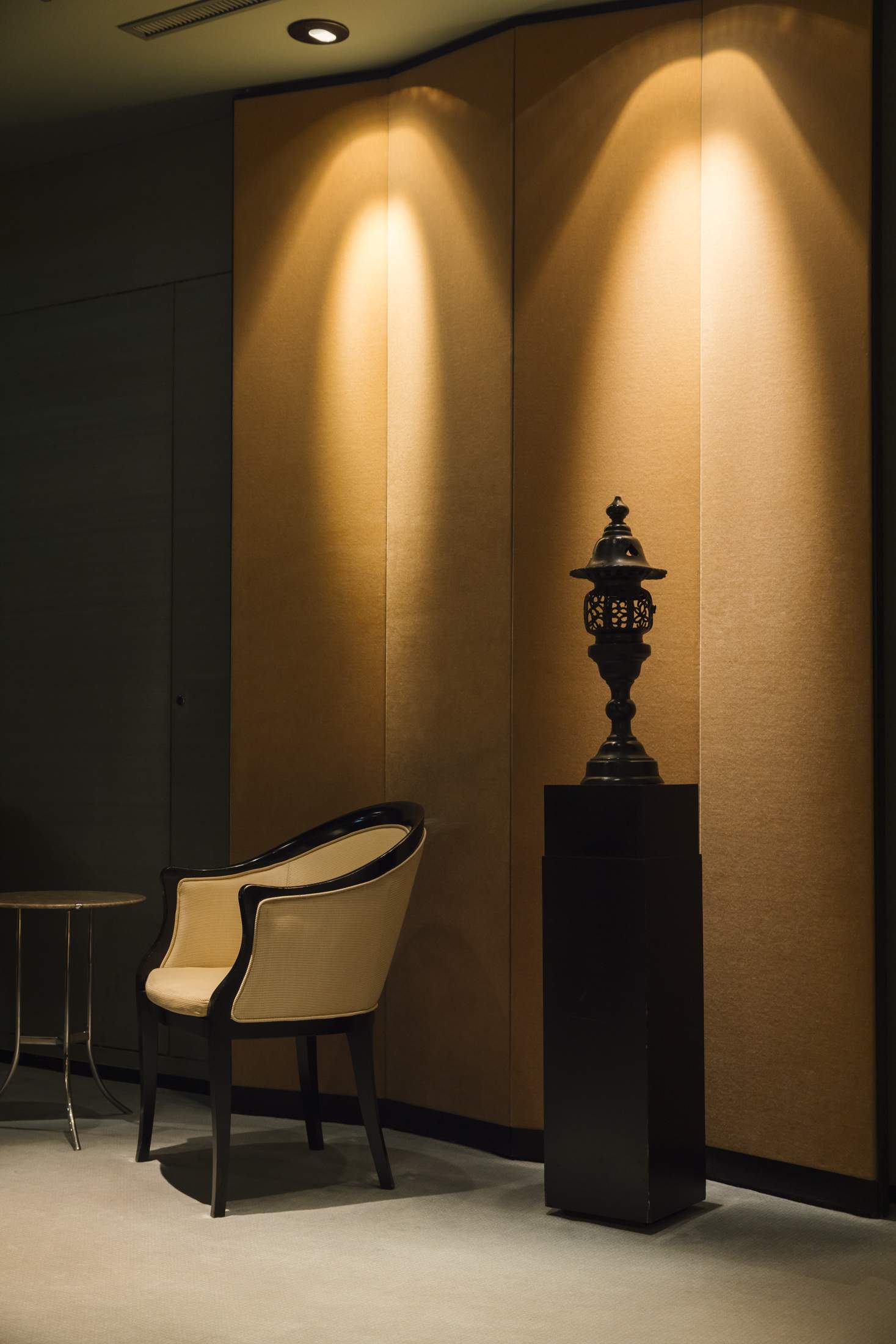
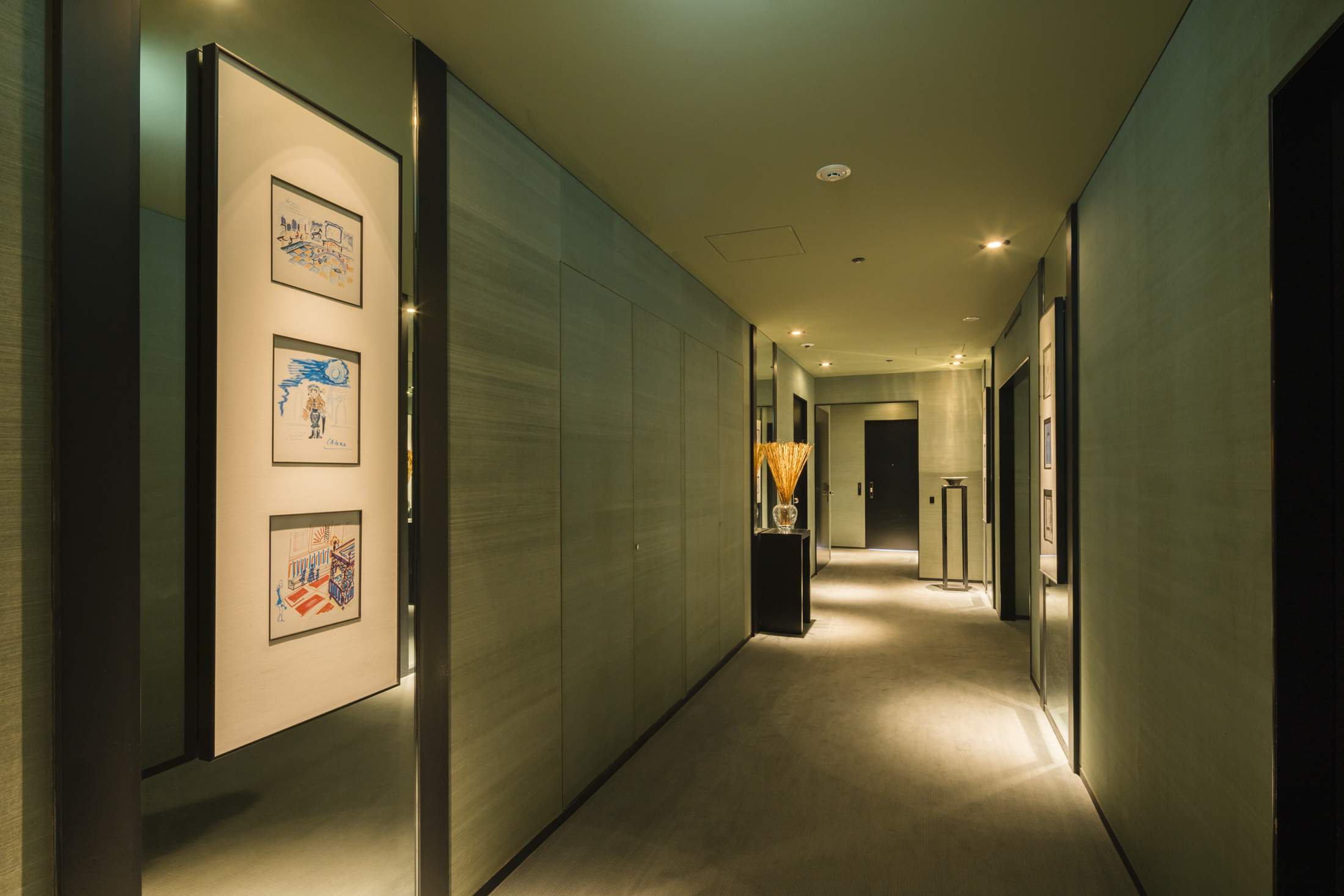
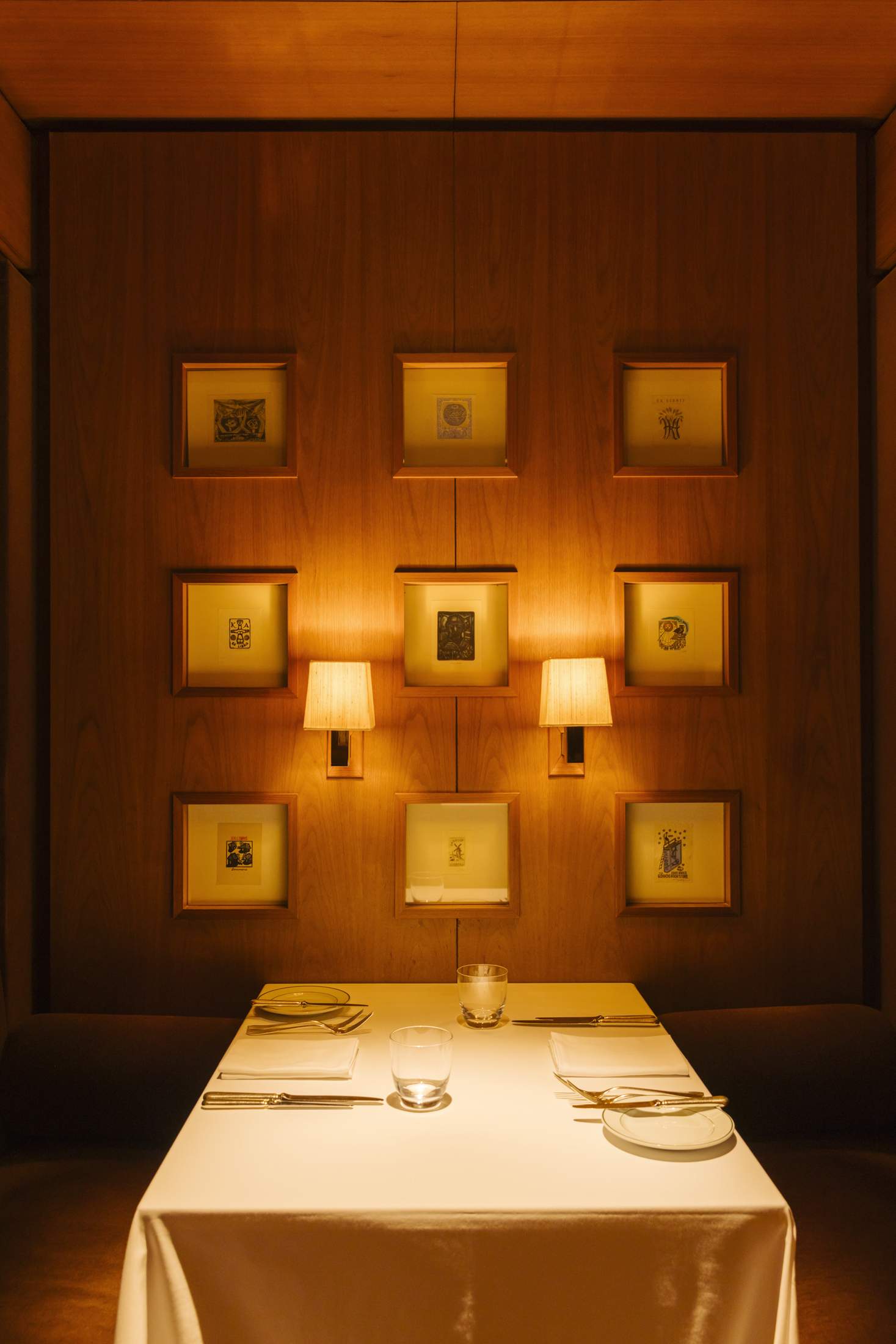
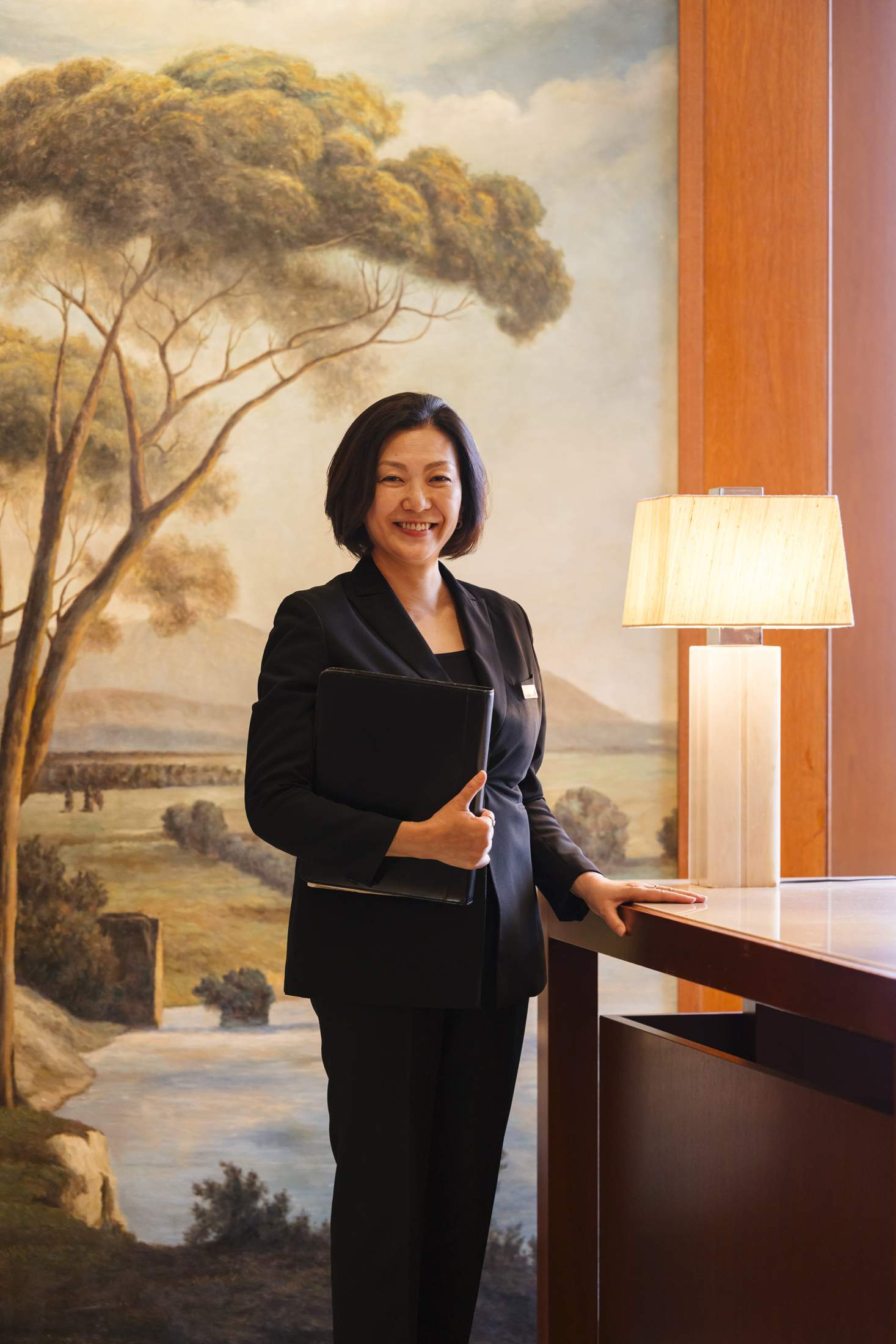
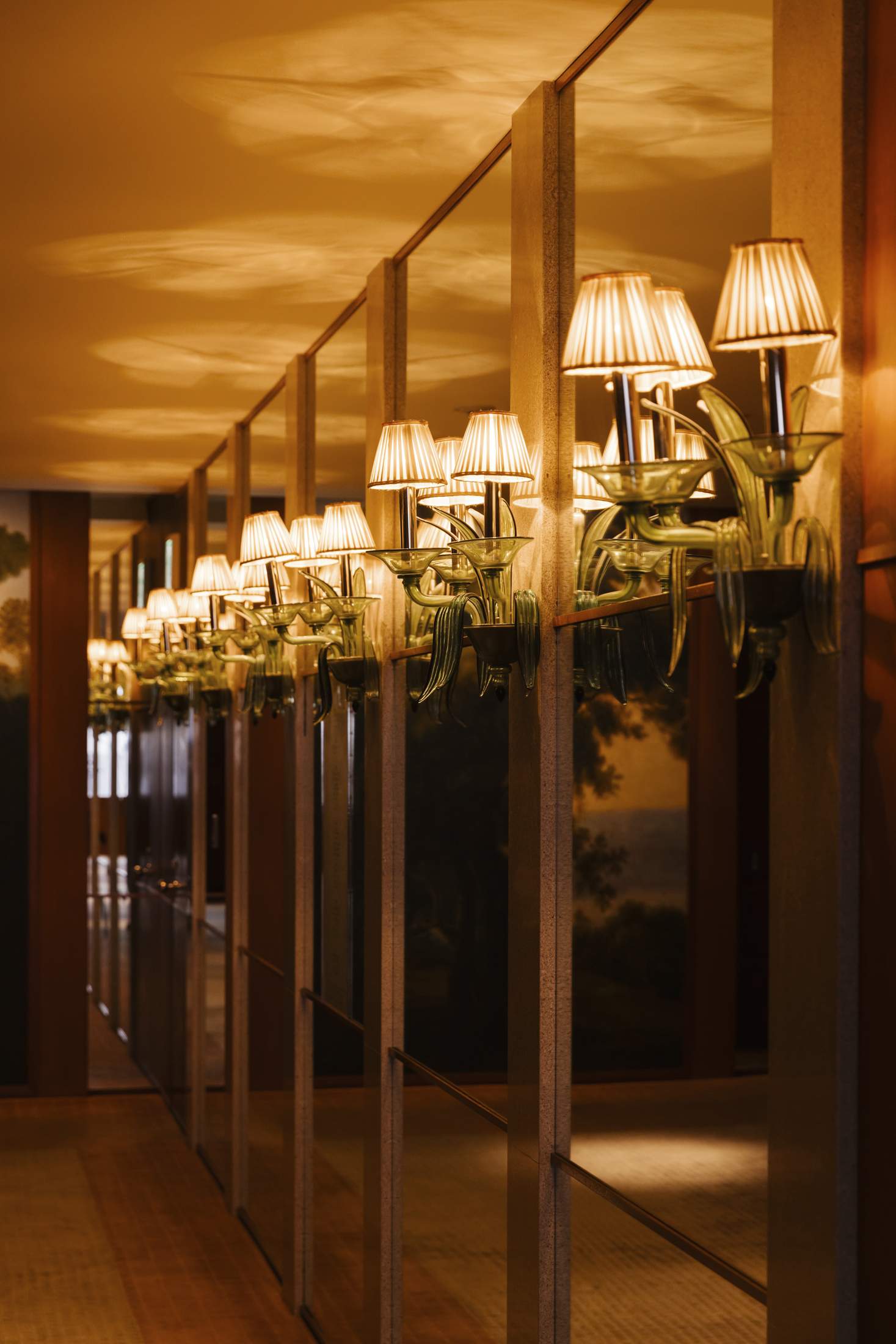
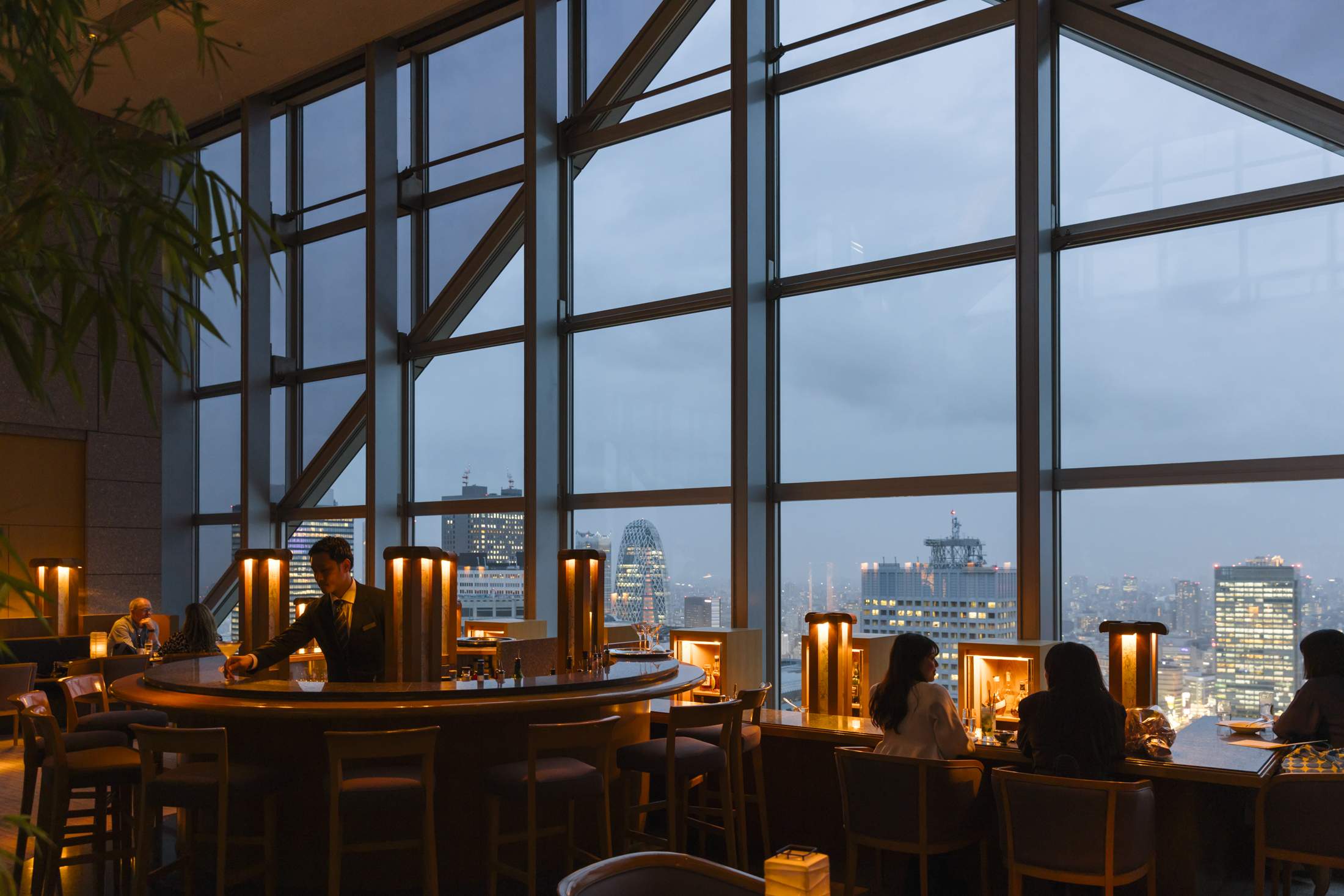
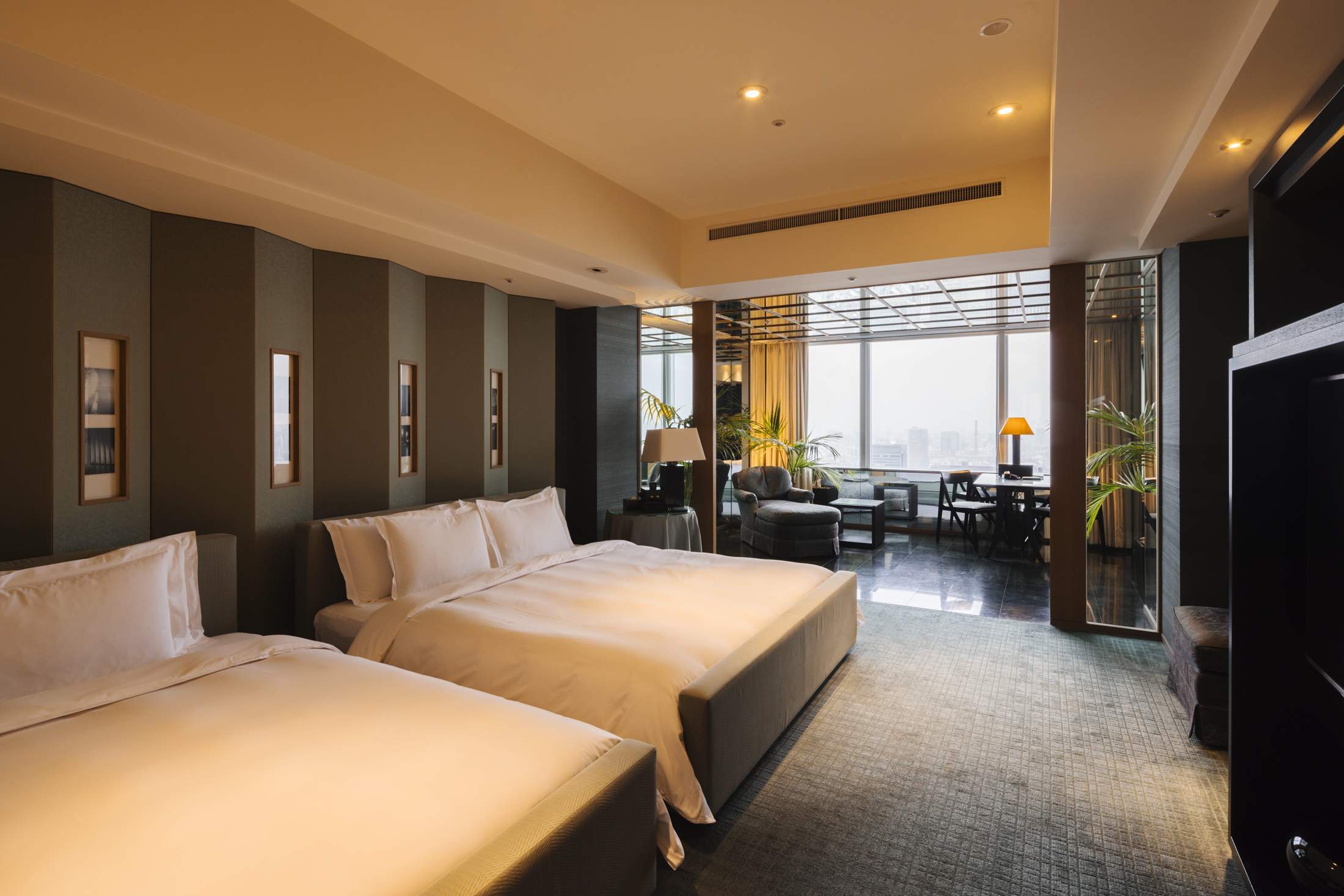
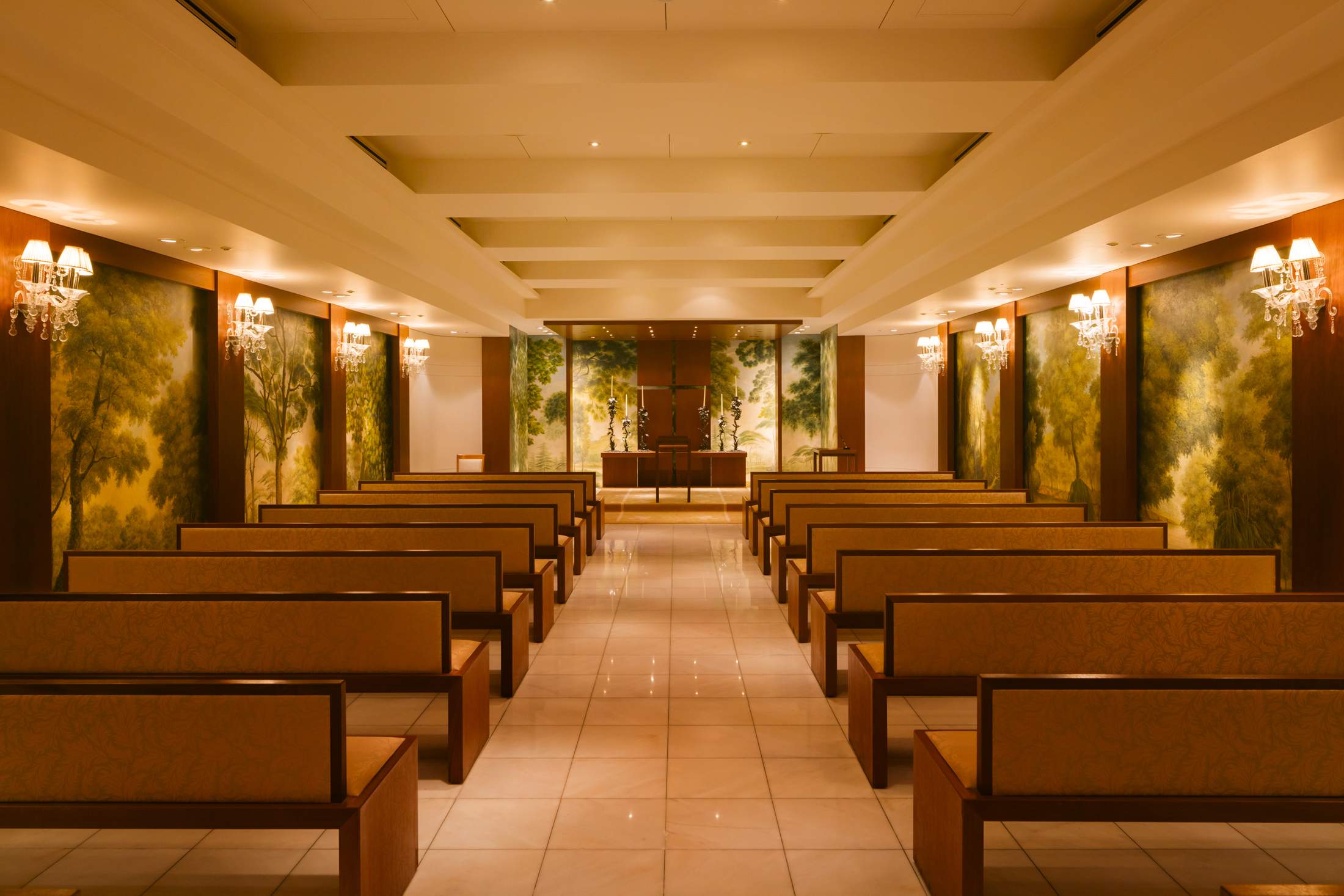

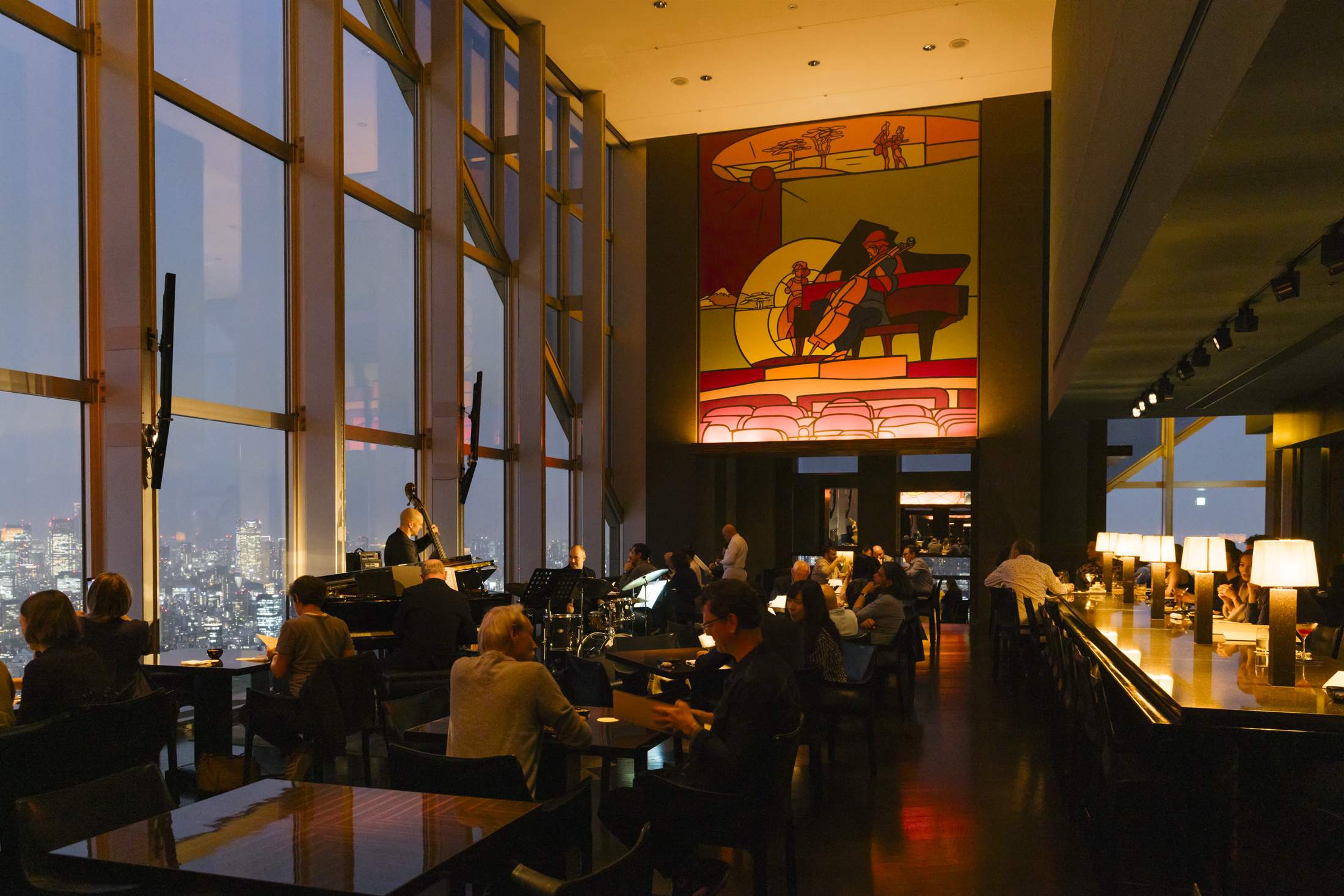
The opening of the Park Hyatt announced the arrival of international luxury hotels in Tokyo and for a long time it had no rivals. Tokyo’s tourism situation could hardly be more different today. In 1994 there were fewer than 3.5 million visitors to Japan; there will be more than 30 million this year and the Japanese government would like to see 60 million a year by the end of the decade.
Hundreds turned out for the hotel’s “appreciation night” in April, just before the closure. It was a classic Park Hyatt evening of delicious food, good cheer and top-drawer singers giving it their all in the bar. Guests greeted staff as old friends and new connections were forged. Baseball legends mingled with artists who had made their own contributions to the hotel. The weather was obligingly clear and, after a radiant sunset, even the moon shone pink. Regulars who have been in the restaurant 100 times were still trying to capture the view.
Morford once said that a good hotel experience “begins down the street”, which is certainly true here. Driving towards the Park Hyatt and pulling up to the understated, almost austere, entrance is never less than a thrill. Its temporary absence will be felt by many. Fashions change and numerous new luxury hotels have opened in Tokyo – each with their own charms – but the Park Hyatt never rushed to respond. It has always been uniquely itself – and all the better for it.
The Park Hyatt guest book
Tyler Brûlé
Monocle’s editorial director and chairman
“You’re in Tokyo so often – so why don’t you have an apartment there?” is a question that has come up a lot and, over the years, I have often thought about investing in a neat little set-up on a quiet side street of Aoyama, something slightly more grand in Futako-Tamagawa or even a little beachside spot in Hayama. In the end, I have always been deterred by the cost, the fuss, the commitment to be in Tokyo and, most importantly, the prospect of having to say goodbye to room 4701 at the Park Hyatt. For more than 20 years, this perfectly planned corner suite has served as my official residence during touchdowns in Japan – sometimes just for a night or, on the rare occasion, up to four nights in a row. Never longer. While I have flirted with other hotels, 4701 is the room that I have always returned to. It’s one of the few places in the world where I open the door and immediately feel at home. The room has a particular smell that is woolly and sweet, clean and pleasantly humid. Despite the fittings, paintings and furniture that physically define the space, it’s the smell that most characterises 4701 and I always breathe deeply as I settle in, unpack my suitcase on the cleverly designed bench in the walk-in wardrobe and stare out at the red lights twinkling atop the towers across the capital. A few weeks ago I said farewell to 4701 in its current form and planned my departure to ensure that our goodbye wasn’t rushed. I did a full circuit around the suite, nodded to the spindly potted tropical tree, the pair of green upholstered double beds, the paper lanterns and the gently curved sofa. I’m not quite sure how 4701 will be reborn in a little over a year but, in the meantime, this is a fond thank you for the memories.
Colin Nagy
Global brand marketeer and writer
There’s much to appreciate about Park Hyatt Tokyo’s refined aesthetic and ambience, from the dramatic whoosh of air in the elevators to the transitions between the bright morning light of the Peak Lounge and the dark, introspective library. Everything tells a story: some things are whimsical, such as the bronzed wristwatch perched on a ledge at the arrival, to the hand-drawn cartoons in the hallways and carefully selected books and the sea-foam green Le Corbusier chairs positioned at just the right angle.
But what truly stands out to me is its masterclass in hospitality and discreet service. The hotel improves with every stay, like interest compounding over time. Over my stays spanning nearly 20 years, my relationships with various hotel staff have enhanced my experiences, with service touches becoming more nuanced. It wasn’t about points or status; it was about the gradual, deliberate process of getting to know each other better. The service wasn’t solely Japanese; it possessed a worldly refinement influenced by each successive general manager’s contributions, softly blending with Japanese anticipatory service culture. I particularly appreciated the French elegance of messieurs Philippe Roux-Dessarps and Hervé Mazella putting their own touch on the Japanese ethos. For me, nights spent at this hotel went beyond a mere stay; at their best, they were soulful and resonated with deeper parts of my consciousness and perspective. I’d venture to say that that is why some of the world’s best creatives and thinkers hold it in such high regard.
Harumi Kurihara
Cookery writer
My husband and I have been staying at the hotel since it first opened. The head of food and beverage at the time was an old friend. After checking in, we’d go shopping at The Conran Shop [in the same tower]. Then we’d return to the room and get dressed up before heading to the New York Bar to enjoy the sunset view and aperitifs. I loved those times. I also have happy memories of my son’s and daughter’s weddings, family dinners and other important events with my children and husband. Thinking about it, so many of my precious memories with my family are connected to the Park Hyatt Tokyo. I love the refined simplicity of the space and the warmth of the staff. The food is wonderful but I always particularly enjoyed Kozue, where you can really feel the seasons through the beautiful dishes and saké cups. It’s always a pleasure.
Kurihara, one of Japan’s best-known cookery writers, has published 150 cookbooks and sold 32 million copies.
Mieko Yuki
Ceramic artist
John Morford saw my work in a book he found in Ginza. There was a picture of a jester I’d made that he liked. He said he wanted to work with me and asked someone to contact me. I was so happy. He was very particular about interior matters. If a wall colour was out by one shade, he’d do the whole thing again. But he let us artists do whatever we liked. His only request was that I should make sculptures that were international enough to be understood by people of all nationalities, not only the Japanese. He asked me to make Gutsy, the big boy who hangs above the entrance, to welcome people from all over the world. He chose the name – he wanted to encourage people standing at the front door to have guts. I have a rooftop kiln but I don’t have a studio so I made Gutsy on my dining room table. It was so big that we had to cut it into pieces just to get it out the door and then put it back together. I made so many sculptures for the hotel – for the delicatessen, the lifts, the corridors. It changed my career. I’d been doing acting but, after this project, I moved more into ceramic art. I feel very grateful to John Morford. He gave me the chance to be what I am today.
Yuki spent four years at the Royal Ballet School in London before becoming an actor and ceramic artist in Japan. Her playful works are visible throughout the hotel.
Hiroko Koshino
Fashion designer
The Park Hyatt Tokyo was a short drive from my office so I went to see the hotel out of curiosity shortly after it opened. I had my 60th birthday party there. I have fond memories of that evening – the ballroom was filled with cherry blossom and we had a traditional courtesan dance performance [oiran dochu]. The food was just delicious – everyone agreed. So many people said that it was the best party that they had ever been to. I love the ballroom at the Park Hyatt, it’s not so big but it’s very stylish. The whole approach from the entrance is so luxurious. And above all, the food is so good. I’ve always felt a sense of Japanese harmony in the overall hospitality. When I stayed at the hotel, I was so impressed by the wonderful bedmaking. The sculptures are beautiful too. I think it was one of the first hotels to incorporate art; it struck me as a unique element that made the most of the talents of its creators.
Koshino has been a fashion designer for more than 60 years; her sisters Junko and Michiko are also designers.


